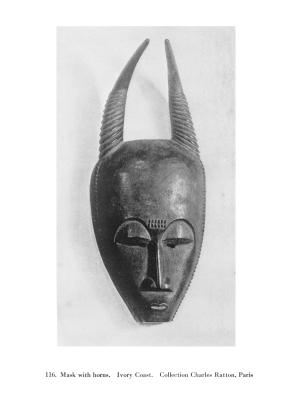
Vincent Vulsma - A Sign of Autumn
Please note: Flash 7 or higher is required to properly view this website.
Click here to download and install the latest version of Flash

Vincent Vulsma - A Sign of Autumn
Please note: Flash 7 or higher is required to properly view this website.
Click here to download and install the latest version of Flash

15 October - 27 November 2011
![]() smba-newsletter-124.pdf (1.71 Mb)
smba-newsletter-124.pdf (1.71 Mb)
This autumn we’re delighted to announce a solo-exhibition by Amsterdam-based artist Vincent Vulsma in the Stedelijk Museum Bureau Amsterdam (SMBA). By employing strategies of spatio-temporal montage, Vulsma brings together objects and patterns taken from their contexts in ethnographic collections and the canons of modernist design and photography, deliberately moving back and forth along the lines between what is classified as commodity, art or ethnographic object. His interests are directed toward the effects of shifting cultural objects across different social and historical contexts, investigating the role that artists and other art specialists have in these processes of value-making.
Click here for images of the exhibition.
'[Fernand] Braudel used the … metaphor - "a sign of autumn" - to characterize financial expansions… For the reaping of the fruits of a bygone phase of material expansion is yet another typical feature of all closing phases of systemic cycles of accumulation that was prefigured in the financial expansion of the latter fourteenth and early fifteenth centuries. Together with the development of high finance … the conspicuous consumption of cultural products was the most important way in which these fruits were reaped.' (Giovanni Arrighi in The Long Twentieth Century)
The central object in his exhibition in the SMBA is a Baulé mask, a loan from the Tropenmuseum in Amsterdam. The mask came to Vulsma’s attention because of its rich acquisition and exhibition history. Brought to Europe by the German ethnographer Hans Himmelheber, it was later purchased by the French art dealer Charles Ratton, who is well known for his involvement with the Surrealist movement. When the exhibition ‘African Negro Art’ was held in the Museum of Modern Art in New York in 1935, Ratton’s collection, including the mask now displayed in Vulsma’s exhibition at the SMBA, constituted a large part of the exhibits.
Back in 1935 the exhibition ‘African Negro Art’ was documented by Walker Evans, who produced a portfolio with photographs of the majority of the exhibits. These include a selection of Kuba textiles, a photograph of which Vulsma takes as a motif for a series of large-scale Jacquard-woven reproductions shown in the SMBA. A third element of ‘A Sign of Autumn’ is constituted by a series of assemblages, combining a selection of stools made in the Congo (probably around the 1930s) with a set of Ray Eames’ Walnut Stools, which were designed in 1960 and which are still industrially produced and commercially distributed today. The stools are on loan from the Royal Museum for Central Africa in Tervuren and Vitra respectively.
Central to Vulsma’s practice is the exploration of the intersections between strategies of artistic production, institutional procedures and processes of value production. The accumulation of objects under the exhibition title ‘A Sign of Autumn’ prompts us to reflect on the connections between the re-purposing of cultural resources as a means to realize new cultural production and capital’s looting of the productive forces in our current time defined by finance capital. Instead of presenting these developments as something uniquely contemporary, Vulsma scrutinises them in relation to the history of art’s entanglement with capitalism, and particularly with colonial activities. Through his exhibition Vulsma sheds light on our relation to contemporary instances of colonialism, an issue further elaborated in an essay by the Israeli writer, filmmaker and curator Joshua Simon in the SMBA Newsletter accompanying the exhibition. Newsletter No. 124 also features a Project ‘1975’ essay commissioned from Clémentine Deliss, director of the Museum of World Cultures in Frankfurt.
Vincent Vulsma - A Sign of Autumn is partly made possible with support from the Fund for Visual Arts, Design and Architecture